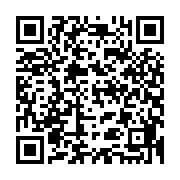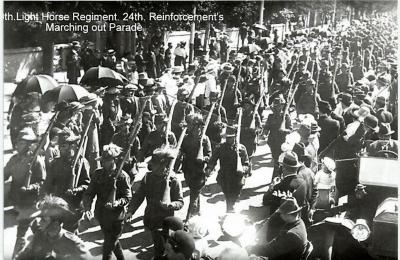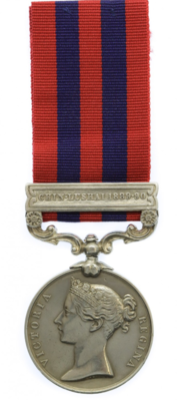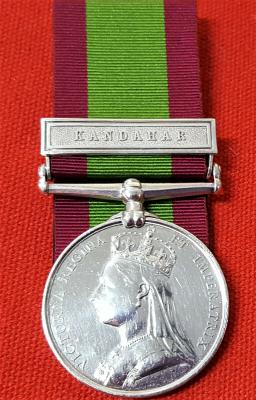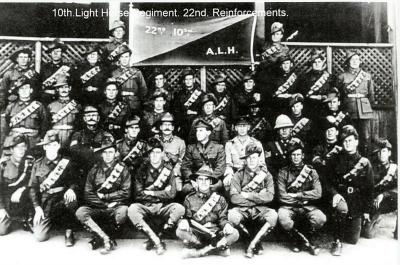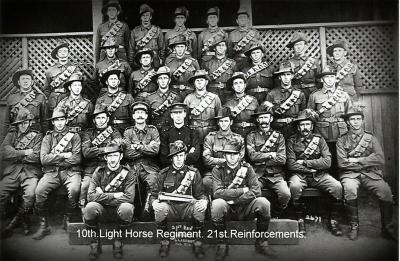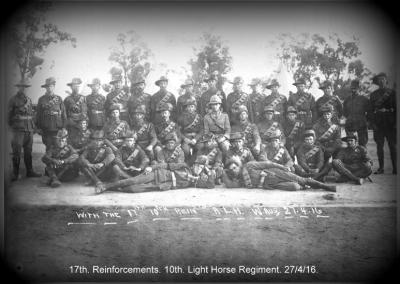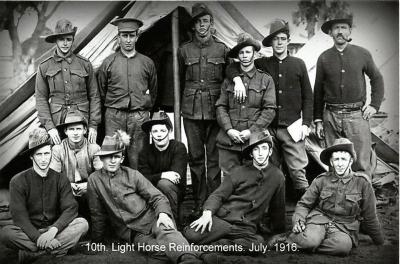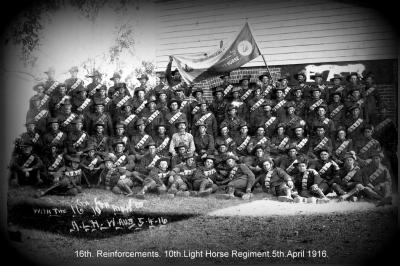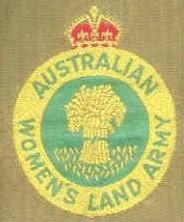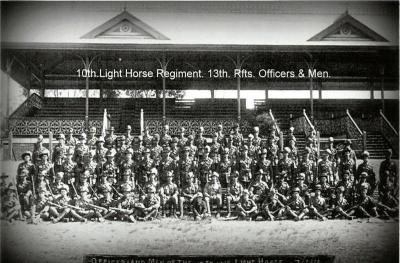World War 1, Western Australia, 31st Reinforcement and 32nd Reinforcement,10 Light Horse, 1917
Photograph of four reinforcement groups at Greenhill Racecourse - 31st and 32nd 10 Light Horse and 15th and 16th Camel Corps. This group departed Fremantle on HMAT A73 Commonwealth on 9 November 1917
10 Light Horse was raised as a squadron, then a regiment in October 1914.and formed part of the 3rd Light Horse Brigade in Egypt. The Regiment served dismounted in Gallipoli and fought at the charge at the Nek on 7 August 1915, and at Hill 60 on 29-30 August. The only Victoria Cross awarded to a Light Horseman recognised the valour of Lieutenant Hugo Throssell at Hill 60.
After Gallipoli the Regiment was bought up to strength to defended Egypt from the Ottoman Army advancing on the Suez Canal. Through 1916 they drove the Turks across the deserts of Sinai, participating in the battles of Romani and Magdhaba.
In 1917 as part of the Desert Column they advanced into Palestine and participated in the bloody battles to break the Gaza-Beersheba line and helped capture Jerusalem. They participated in the Es Salt Raid in May 1918. In August they were equipped with swords and retrained as cavalry. In this role they took part in the rout of the Ottoman army in the Jordan Valley, a campaign the light horse referred to as "The Great Ride". In September the 10th was the first formed regiment to enter Damascus.
Turkey surrendered on 30 October 1918. After the end of the war, the regiment saw action in putting down the Egyptian uprising of 1919. The Regiment was one of the few to return home as a formed unit.
Details
Details
The infantry of the Australian Imperial Force were not regiments in the British sense, only battalions identified by ordinal number (1st to 60th). Each battalion originated from a geographical region, with men recruited from that area. New South Wales and Victoria, the most populous states, filled their own battalions (and even whole brigades) while the "Outer States"—Queensland, South Australia, Western Australia and Tasmania—often combined to assemble a battalion. Like the infantry, the light horse regiments were raised on a territorial basis by state and were identified numerically (1st to 15th). These regional associations remained throughout the war and each battalion developed its own strong regimental identity. Most AIF members went overseas as reinforcements earmarked to join certain units rather than as individuals. This changed in March 1918 when AIF personnel were sent as General Reinforcements, eligible to be drafted into any unit that needed them. Reinforcement drafts normally consisted of two officers and 150 other ranks.
This photograph is part of the extensive Phil Sullivan 10th Light Horse Collection donated to the Army Museum in November 2023.
Australian Army Museum of Western Australia
Australian Army Museum of Western Australia
Other items from Australian Army Museum of Western Australia
- World War 1, Western Australia, 27th Reinforcement, 10 Light Horse, 1917
- World War 1, Western Australia, 24th Reinforcement, 10 Light Horse, 1917
- World War 1, Western Australia, 23rd Reinforcement, 10 Light Horse, 1917
- India General Service Medal (1854-1895)
- Afghanistan Medal (1878-80)
- World War 1, Western Australia, 22nd Reinforcement, 10 Light Horse, 1916
- World War 1, Western Australia, 21st Reinforcement, 10 Light Horse, 1916
- World War 1, Western Australia, 17th Reinforcement, 10 Light Horse, 1916
- World War 1, Western Australia, 16th Reinforcement, 10 Light Horse, 1916
- World War 1, Western Australia, 16th Reinforcement, 10 Light Horse, 1916
- Women's Land Army Badges
- World War 1, Western Australia, 13th Reinforcement, 10 Light Horse, 1916
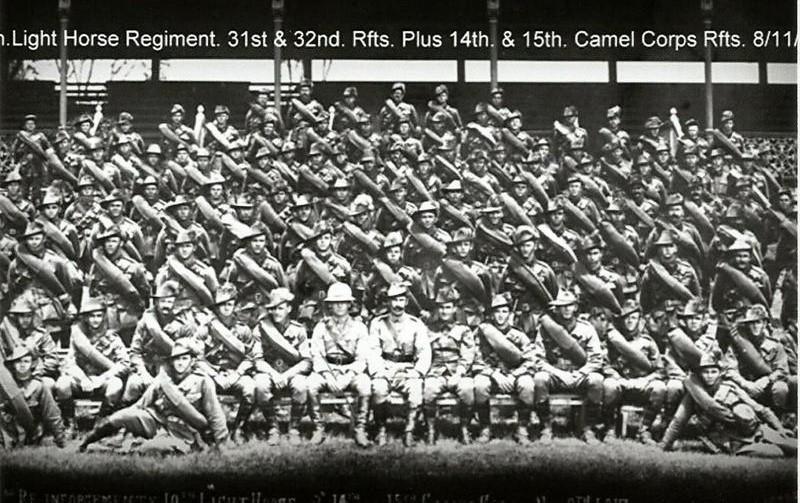
Scan this QR code to open this page on your phone ->
